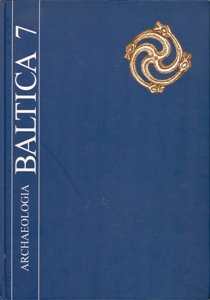Volume 7 (2006), December 2006

Order by:
Pub. online: 20 Dec 2006
Type: Article
 Open Access
Open Access
Abstract
Pub. online: 20 Dec 2006
Type: Article
 Open Access
Open Access
Abstract
Pub. online: 20 Dec 2006
Type: Article
 Open Access
Open Access
Abstract
Pub. online: 20 Dec 2006
Type: Article
 Open Access
Open Access
Abstract
Pub. online: 20 Dec 2006
Type: Article
 Open Access
Open Access
Abstract
Pub. online: 20 Dec 2006
Type: Article
 Open Access
Open Access
Abstract
Pub. online: 20 Dec 2006
Type: Article
 Open Access
Open Access
Abstract
Pub. online: 20 Dec 2006
Type: Article
 Open Access
Open Access
Abstract
Pub. online: 20 Dec 2006
Type: Book Review
 Open Access
Open Access